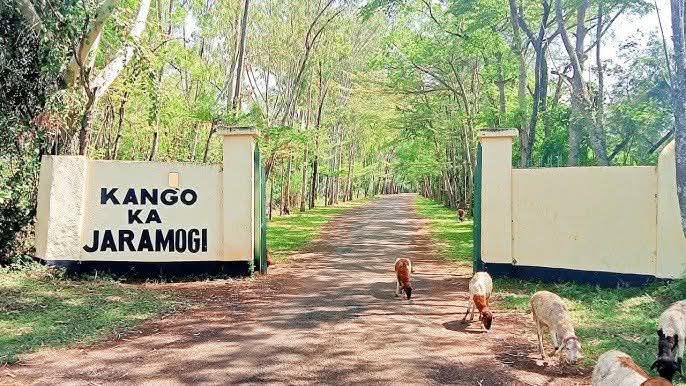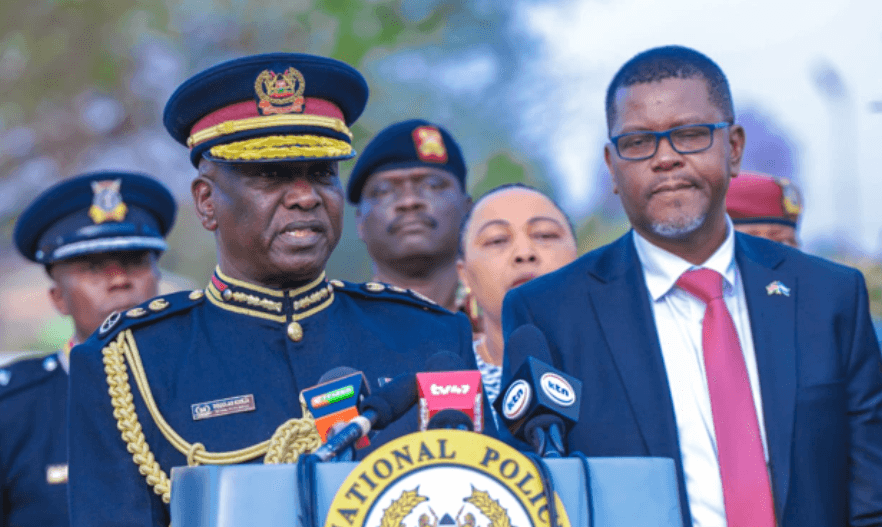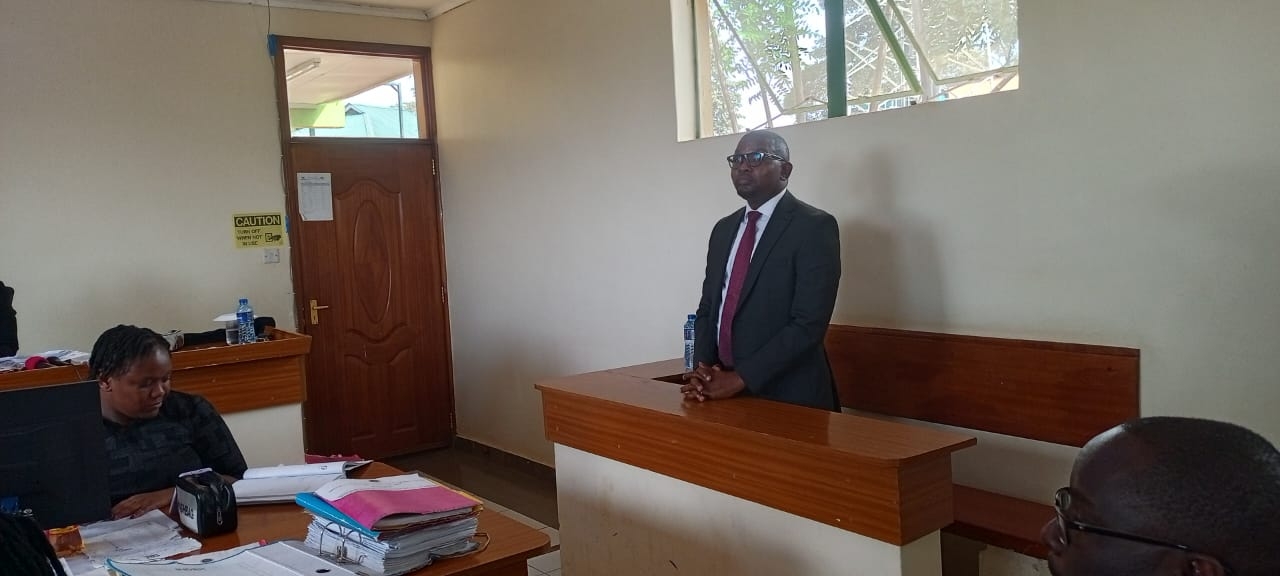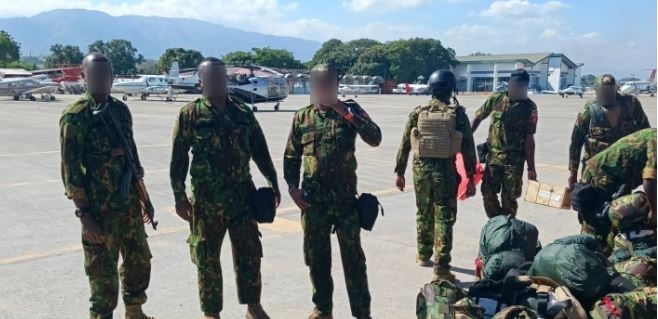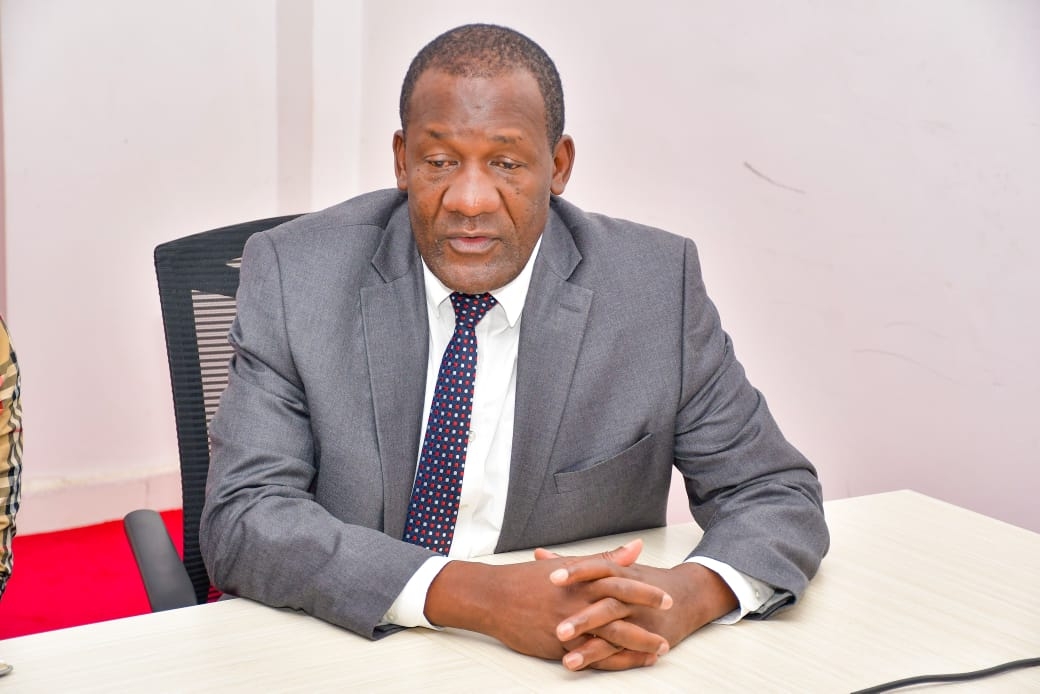The weatherman has predicted the country will continue to soak in rain this week.
A five-day forecast shows rains continuing between today and Saturday over most parts of the country.
Dr David Gikungu, the head of the meteorological department, did not indicate the expected intensity of these rains.
The forecast is still bad news for the Coast, where many places are already flooded because of heavy downpours last week.
According to the Ministry of Interior, at least 70 Kenyans have been killed by the floods.
"Rainfall is expected to continue over most parts of the country," Dr Gikungu said in the forecast.
"Isolated storms are likely to occur in some parts of the highlands east and west of the Rift Valley, the south-eastern lowlands, the Coast and Northeastern Kenya," he said.
This region covers counties around Lake Victoria, those around Mt Kenya including Nairobi, Ukambani, the coast and northern counties of Marsabit, Mandera, Wajir, Garissa and Isiolo.
The Tuesday-Saturday forecast indicates "a chance of showers over a few places" every day at the coast this week.
The areas around Lake Victoria will experience "showers and thunderstorms over few places" around Lake Victoria.
Last week, Dr Gikungu confirmed the rains will be enhanced throughout this year.
This means Kenyans should expect slightly more rains than what the country gets on average this season.
"Moving forward let us prepare ourselves for the enhanced rainfall as a result of the El Nino phenomena that we are in," he said.
The current enhanced rainfall is a result of the El Niño phenomenon and a positive Indian Ocean Dipole, which drives rains into East Africa.
According to the World Meteorological Organization, the El Niño event is expected to last at least until April 2024, influencing weather patterns globally.
However, the enhanced rains in Kenya may only last until January, when the short rains season normally ends.
“The probability for above-normal rainfall is enhanced in the Indian Ocean north of the equator and extends towards the eastern coast of Africa and into the Greater Horn of Africa, where along the equator it extends further towards western Africa,” WMO said in a statement.
According to WMO, while El Niño events often receive the most global attention, it is not the only climate driver that is important for potential rainfall outcomes in East Africa between September and December.
Some meteorologists say the Indian Ocean Dipole, which refers to the warming and cooling of the Indian Ocean waters, may be more important than El Nino for eastern Africa.
A positive IOD considerably increases the chances for highly above-average rainfall in eastern Africa (eastern Kenya, Somalia, and southeastern Ethiopia).
The most recent notable effect of positive IOD was observed in October-December 2019 when it led to increased rainfall over most parts of Kenya.
Furthermore, when both the IOD and El Nino are in positive phases, they typically lead to enhanced rainfall, as demonstrated by the widespread flooding caused by the positive IOD and El Niño event in 1997.
Yesterday, Met also warned Kenyans of fake rainmakers fleecing the public by offering unverified weather information and charging for it.
Currently, only the Kenya Meteorological Department is authorised to give basic weather forecasts and does not charge for it.
However, third-party use of the information is not regulated.
One of the many individuals currently selling 'weather forecasts' on social media warns of “catastrophic” rains in northern Kenya and Nairobi this week.
A Met official told the Star these reports are misleading.
“But there is little we can do to stop them so people only need to come to Kenya Met website for the correct information,” the official said.
The Meteorology Bill 2023, which is being debated by the Senate introduces a fine for fake weathermen.
“A person who issues to the public meteorological data collected, or weather information derived from a weather station not registered by the authority commits an offence and shall, on conviction, be liable to a fine not exceeding Sh1 million or to imprisonment for a term not exceeding 12 months or both,” the Bill states.
It also creates the Kenya Meteorological Service Authority, which will be the sole agency responsible for publishing weather forecasts.
The Bill blames quacks and other unlicensed weather information providers for giving inaccurate forecasts, which are often blamed wrongly on the meteorological department.
The Bill says all weather service providers must be qualified meteorologists who are registered with a newly-established professional society.
"No person shall practise as a meteorologist and technologist unless he is the holder of a practising certificate and a licence to practise that are in force," it says.
The deaths mean Kenyans who have lost their lives in flash floods have risen to close to 70, according to the Interior ministry.
“I want to appeal to Kenyans not to take chances when it comes to flood waters. Take great caution. When our officers tell you to vacate flood areas, please comply, and if you don’t, we will force you so that we can save lives,” Interior CS Kithure Kindiki said.
Action Against Hunger, an NGO, on Thursday called on donors to step up and support families hit by floods, especially in the Northeastern region.
The organisation, which has been at the forefront of emergency response in Isiolo and Mandera, said floods have led to the destruction of water sources and toilets.
It said this has led to an outbreak of diarrhoea among children below five years because residents have turned to contaminated water to survive.
According to the organisation, 34,845 families have been affected by floods in Mandera after Dawabroke River broke its banks.
“So far, seven people have died from floods in Mandera, and there have been reports of gender-based violence among those displaced,” it said in a statement.
In Makueni, 73 families have been affected by floods and mudslides in different parts of the county with fears of increased numbers as rains persist.




